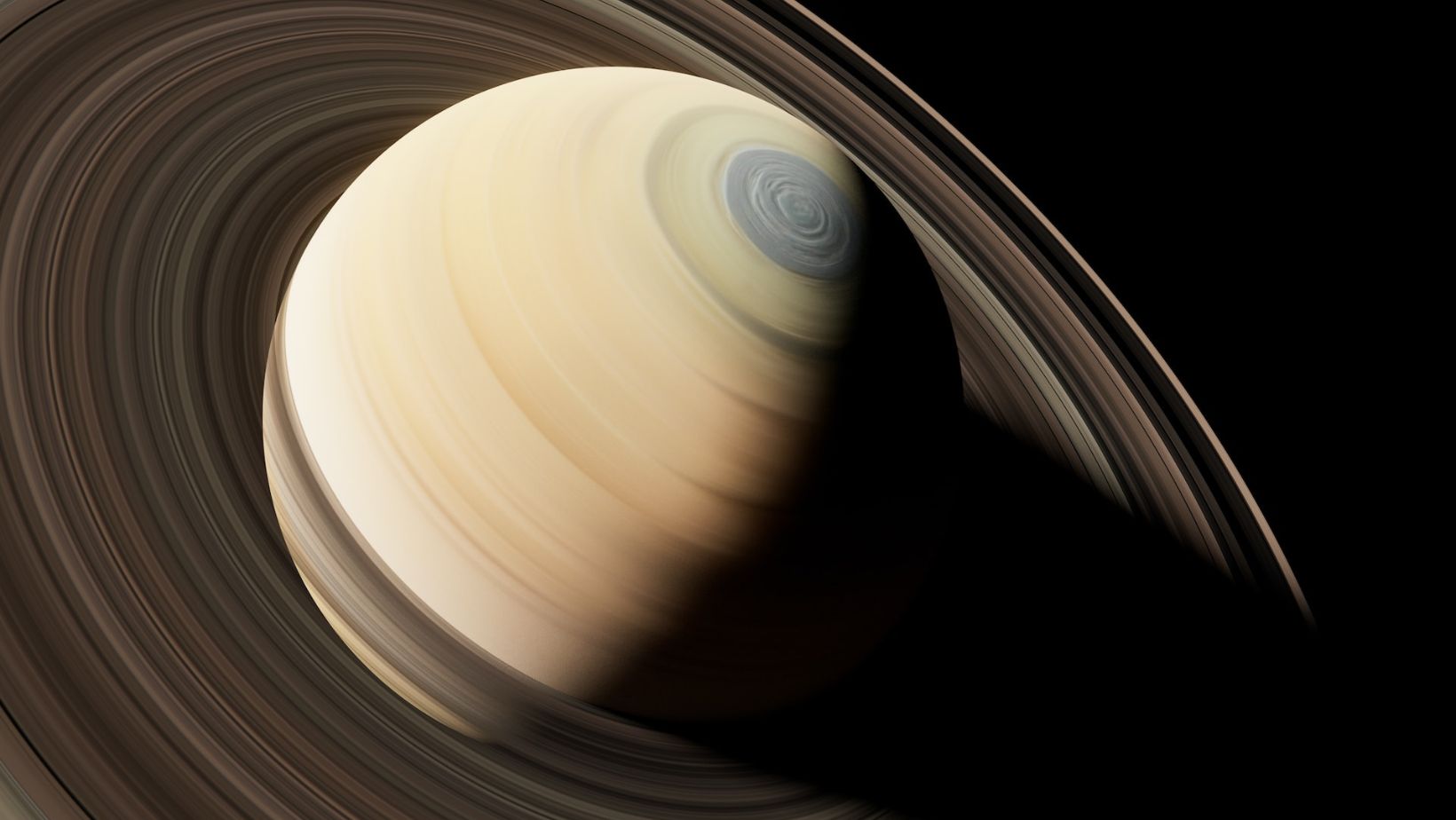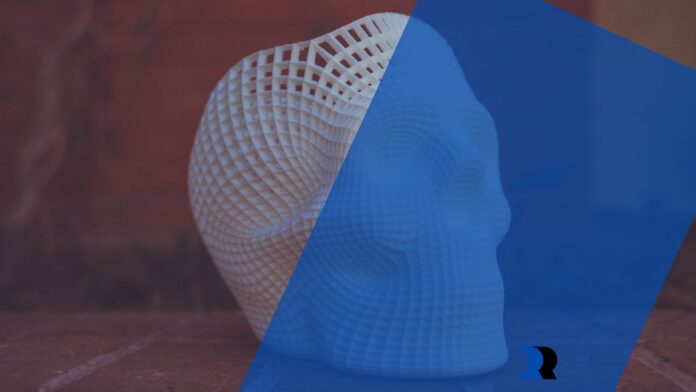When considering scientific discovery, images of beakers, microscopes, and white lab coats often come to mind. Yet, a hidden hero has been steadily revolutionizing the field—3D design technology.
With methods like 3D photogrammetry, scientists visualize structures and phenomena that were previously invisible or hard to grasp. This eye-opening advancement is akin to handing Columbus a GPS.
Shedding Light on the Microscopic: Zooming In Like Never Before
Imagine the minuscule world of atoms, viruses, and DNA strands. Traditional microscopes have their limitations in projecting these on a comprehensible scale. Enter 3D design technology. Researchers create 3D models of these microscopic entities, turning what used to be abstract concepts into something one can virtually hold in the palm of their hand. This shift has been like transitioning from black and white photographs to vibrant, high-definition color TV. Scientists can scrutinize these models, leading to more targeted research and quicker scientific advances.
Mapping the Unmapped: From Ocean Depths to Galactic Expanse
There are vast areas of the universe that remain largely unexplored, often due to the limitations of human accessibility. Think about the deep ocean or the far reaches of outer space. 3D design and modeling enable scientists to map these regions in a level of detail that was previously inconceivable. Using remotely operated vehicles and satellites equipped with 3D technology is like having a cartographer draw detailed maps while sitting thousands of miles away. The result is a richer understanding of uncharted territories, whether under the sea or among the stars.
Simulating Reality: Virtual Labs and Experimentation
Conducting experiments, especially on a large scale, can be time-consuming and resource-intensive. 3D design technology is like a genie in a bottle for researchers. They can run virtual experiments in a simulated 3D environment.

Think of it as a sandbox where you can play out all sorts of scenarios without the risk of real-world consequences. For example, drug researchers can visualize how a molecule will interact with a particular receptor in the body, significantly speeding up the pace of pharmaceutical development.
Dynamic Teaching: Transforming Education and Public Engagement
3D design isn’t just for researchers; it’s also a boon for educators and the general public. The technology brings complex scientific concepts to life in classrooms and museums, making them more digestible for students and laypeople alike. Imagine turning the concept of cellular biology into a vibrant, interactive 3D tour. It’s like reading a pop-up book instead of a flat, printed page. The educational impact is potent, turning abstract theories into practical visualizations that foster more robust comprehension and enthusiasm for science.
The Synergy of Disciplines: When Art Meets Science
Adobe states, “3D Capture, or photogrammetry, is the process of creating a 3D mesh with textures by capturing measurements from images. The process involves taking multiple photographs of an object from many angles so the software can extract information about the shape and location of features in the images.”

In the past, science and art were often viewed as separate disciplines. However, 3D design brings these two worlds together in a harmonious marriage. Scientific data can be aesthetically represented, giving birth to beautiful yet informative visualizations. Consider it turning spreadsheets full of numbers into mesmerizing works of art. This adds a layer of beauty to science and enables better interpretation and understanding of complex data.
3D design has proven itself to be an invaluable tool in the field of scientific discovery. It extends the human senses into realms previously unfathomable, from the microscopic scale to the expanse of the universe. It’s like gaining a sixth sense—a new way to perceive and interact with the world that elevates one’s knowledge and appreciation for the mysteries that continue to unfold.



